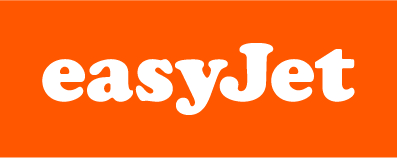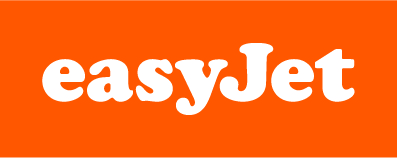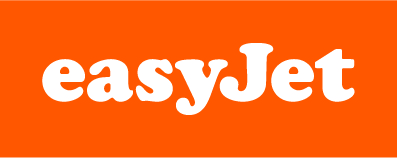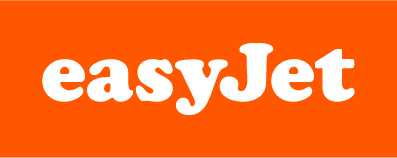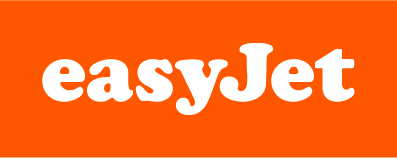Information
-
Please select the airport
- ATH
- CFU
- CHQ
- EFL
- HER
- JMK
- JSI
- JTR
- KGS
- KLX
- PVK
- RHO
- SKG
- VOL
- ZTH
-
Conducted on
-
Prepared by
-
Assessor Name
-
Location
-
GHP
-
Parking Stand Number
-
Flight Number
-
Departure
-
Arrival
-
Aircraft Reg.
-
Aircraft Type
Basic Operating Requirements
-
Appropriate hearing protection is used by ground crew
-
Appropriate safety footwear is worn by ground crew
-
High visibility/reflective clothing is worn and fastened
Actions Prior to Arrival
-
FOD removed and properly disposed of
-
Stand is clear of all equipment
-
GSE is checked for serviceability
-
Arrival route is correctly prepared (domestic/international)
-
Airbridge is fully retracted and parked in the correct position
-
Passenger boarding devices/walkways are free of FOD/contamination
-
Airbridge is checked for serviceability
-
Doors/safety barriers correctly utilised on the airbridge
Actions During and After Arrival
-
Correct hand signals are used by marshaller
-
Wands/Bats are used for marshalling and all signalling (wands shall be illuminated in low visibility and hours of darkness (and batteries checked before use)
-
Guidance system is activated for correct aircraft type
-
Guidance system emergency stop button manned
-
Ground crew wait until the aircraft has stopped, anti-collision lights are off, engines are spooling down and ‘thumbs up’ is given, before ground crew approach aircraft
-
If APU was inoperative, were the correct procedures followed by ground crew on arrival
-
Aircraft is chocked correctly
-
Pilot is notified verbally/visually of chocks in place
-
Aircraft is coned correctly (in accordance with local procedures)
-
Aircraft inspected for damage prior to positioning of GSE
Ground Service Equipment (GSE)
-
GPU/FEGP correctly connected
-
GPU/FEGP power cable support strap/lanyard used
-
Ground crew adhere to the ‘no seat, no ride’ rule
-
Ground crew do not walk, stand, or sit on moving GSE
-
GSE is driven/manoeuvred appropriately
-
Motorised GSE complete required brake checks before positioning to the aircraft
-
GSE is correctly positioned (not inside the aircraft, unless specifically designed to do so)
-
Belt loader is lowered with handrails stowed when approaching the aircraft (unless fixed in position)
-
No touch policy is adhered to
-
Clearances are checked when opening/closing cargo/passenger doors
-
Stabilisers deployed after positioning GSE to the aircraft
-
Safety rails (including trombones) fully deployed and secured after positioning GSE to the aircraft
-
Brakes are set on GSE when positioned at the aircraft or unattended
-
Chocks are positioned on GSE
-
Ground crew do not walk between trailers
-
GSE not driven/manoeuvred under the aircraft wing and fuselage (unless designed or required to do so)
Passenger Boarding/De-boarding Devices
-
Passenger boarding device auto levelling system is deployed and operating
-
Passenger boarding device canopy extended
-
Where passenger stairs are towed, they are disconnected before being manually positioned to the aircraft
-
Brakes are set on passenger stairs
-
Stabilisers are deployed on passenger stairs
-
Safety rails, once in position, are deployed and secure on passenger stairs
-
Ground crew knock on door and give thumbs up to crew when passenger door is ready to be opened
-
Step permit process is followed when repositioning/removing passenger boarding devices
-
Passengers are supervised on the ramp
Unloading Aircarft
-
Baggage is handled with appropriate care
-
Curtains are closed and fastened on baggage trailers when transporting baggage/not in use
-
Hold height limit line adhered to
-
Between unload and onload compartment nets are secured inside aircraft compartments and not left hanging outside
EMA's
-
EMAs loaded in separate compartment from baggage
-
EMAs correctly secured in hold
-
EMAs correctly inhibited
-
EMAs loading form completed
Ambulift
-
GSE is driven/manoeuvred appropriately
-
Motorised GSE complete required brake checks before positioning to the aircraft
-
Guide person/banksperson is used where required
-
GSE is correctly positioned (not inside the aircraft, unless specifically designed to do so)
-
No touch policy is adhered to
-
Clearances are checked when opening/closing cargo/passenger doors
-
Stabilisers deployed after positioning GSE to the aircraft
-
Safety rails (including trombones) fully deployed and secured after positioning GSE to the aircraft
-
Brakes are set on GSE when positioned at the aircraft or unattended
-
Chocks are positioned on GSE
-
GSE not driven/manoeuvred under the aircraft wing and fuselage (unless designed or required to do so)
-
Customers secured in ambulift
Toilet & Water
-
GSE is driven/manoeuvred appropriately
-
Motorised GSE complete required brake checks before positioning to the aircraft
-
Guide person/banksperson is used where required
-
GSE is correctly positioned (not inside the aircraft, unless specifically designed to do so)
-
No touch policy is adhered to
-
Clearances are checked when opening/closing cargo/passenger doors
-
Stabilisers deployed after positioning GSE to the aircraft
-
Safety rails (including trombones) fully deployed and secured after positioning GSE to the aircraft
-
Brakes are set on GSE when positioned at the aircraft or unattended
-
Chocks are positioned on GSE
-
Appropriate PPE worn
-
Toilet and water not serviced by the same individual
Additional comments please comment below:
-
undefined
Summary
-
undefined
-
Add signature
-
Report has been forward to
- GHP Station Manager
- easyJet Responsible AOCM
